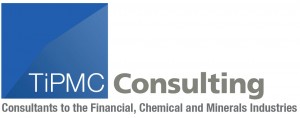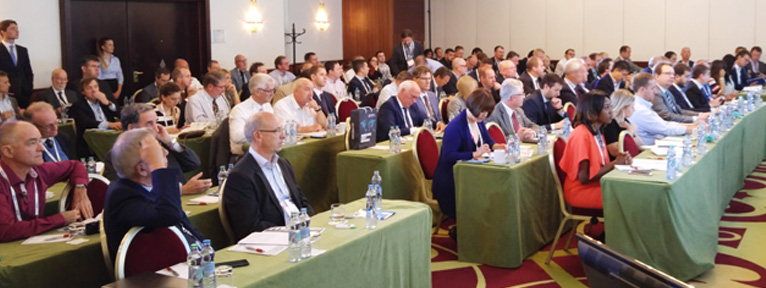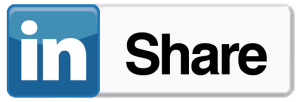IM23: Doubt Cast Over Chinese TiO2 Price Increases
With additional price increases expected from Chinese producers, some delegates at IM23 are skeptical that the recent spate of price announcements are being accepted by pigment customers.
Although a number of pigment companies have announced price increases this year, some market participants are not convinced that these are being implemented in their entirety.
Delegates on the sidelines of the 23rd IM Congress held in Prague, the Czech Republic this week expressed concerns regarding weakness in the titanium dioxide (TiO2) market despite six price increase announcements by Chinese producers this year.
One attendee told IM that while price increases are being implemented in part, it is unlikely that these are as high as what has been announced.
“It’s more likely that the announcements are leading to price negotiations, with customers and producers settling maybe half way,” the delegate said.
Another attendee told IM that, owning to overcapacity in China, there is “just no way” that customers will accept the recent spate of price rises.
On US increases, the delegate noted that pushes for price rises have been made in order for companies to operate at a profit, and these were more likely to be accepted.
US producers Kronos Inc., The Chemours Co., Tronox Ltd and Huntsman Corp have all announced price increases this year, which feedstock producer Iluka Resources said were starting to take hold.
According to the IM prices database, TiO2 pigment from Asia (CFR, high quality, bulk) currently stands at between $1,650-$2,000/tonne, while US prices (CIF, bulk) stand at $2,100-$2,450/tonne.
Opportunities and Issues
While the first quarter of 2016 marked a turnaround in pigment prices, there is still disparity between TiO2 rates and the prices of feedstocks such as ilmenite and rutile.
Speaking at the Prague conference, Gerry Colamarino of TiPMC Consulting told delegates: “There is a leakage of value between feedstock and pigment producers.”
Traditionally, TiO2 demand has closely correlated to global GDP growth, although in recent years pigment demand has tracked well below GDP.
Predictions from market intelligence agency Artikol estimate that pigment demand will more closely align with GDP, anticipating growth of around 2-3% in TiO2, while Colamarino noted that very recent trends in the market have been positive.
Sustainability is still a major cause of concern and factors such as consolidation, cost reduction and technology which lead to more sustainable business will hinge on increased profitability in both pigments and feedstocks, particularly as China’s influence in the sector remains strong.
“Most of the recent growth that we’ve seen in TiO2 has all come from China,” Colamarino said.
He added that China’s biggest impact is disrupting the market through a lower-quality, lower-priced product.
Despite pigment overcapacity in China, the country is operating at 80% of utilization rates. Colamarino noted that in order for prices to increase, global capacity utilization rates would need to reach 87-89%.
In terms of growth opportunities for the pigment industry, Colamarino identified technology as a target area, as companies would need to re-utilize existing capacity.
As the quality of mineral sands suites also declines, companies will need to evaluate their processes, and Colamarino noted there is a growing trend of smelters opening without an association with specific mines.
Other opportunities in mineral sands include growth areas in technical ceramics for zircon, and the possibility of reclaiming some substitution volumes.
Natural rutile could see growth in usage in Ti-metal for aerospace applications, which in turn could strengthen the market as there is limited economic availability of the mineral.


